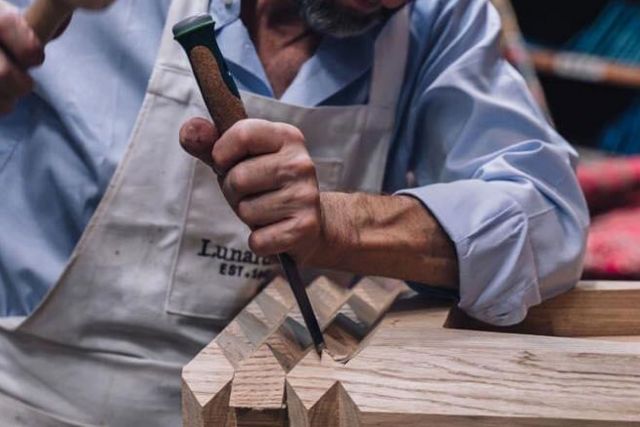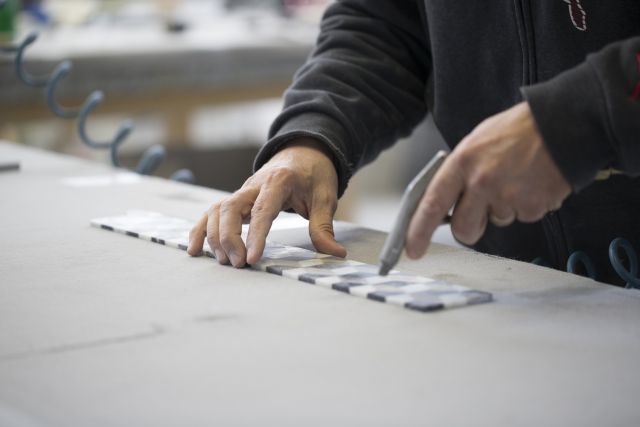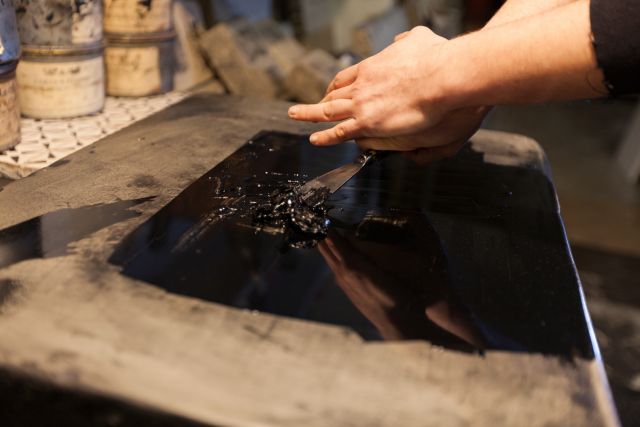Small cello, handmade with spruce wood for the soundboard, maple wood for sides, back and other parts, and ebony for the fingerboard. Dobner built it following Antonio Stradivari’s model of 1732.
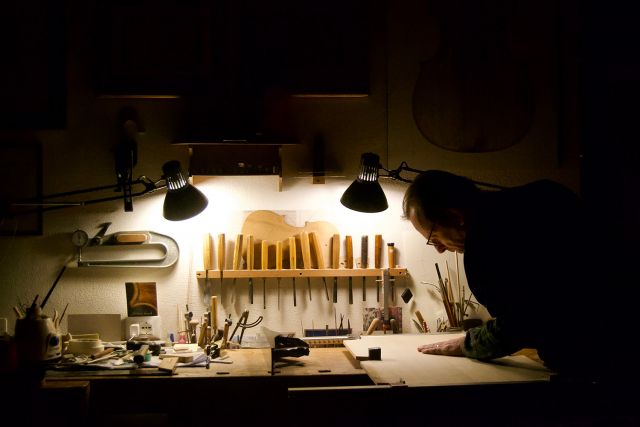
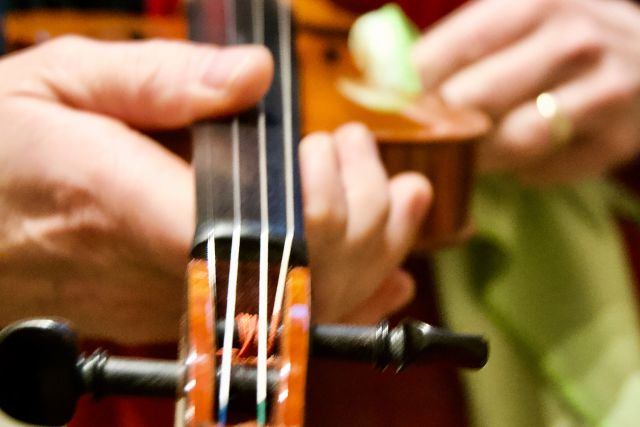
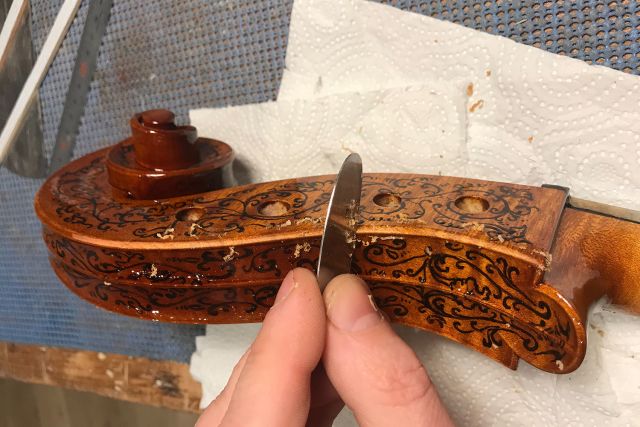
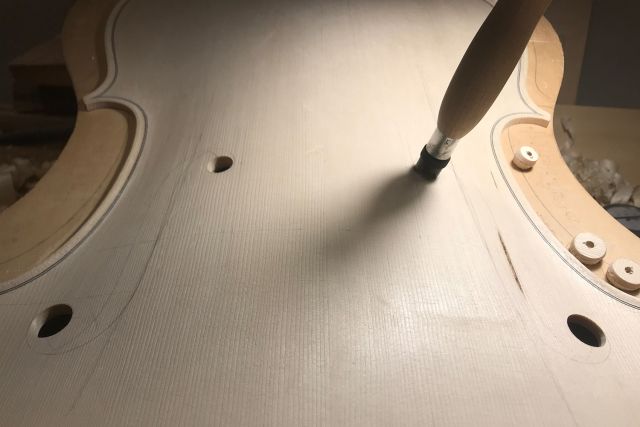
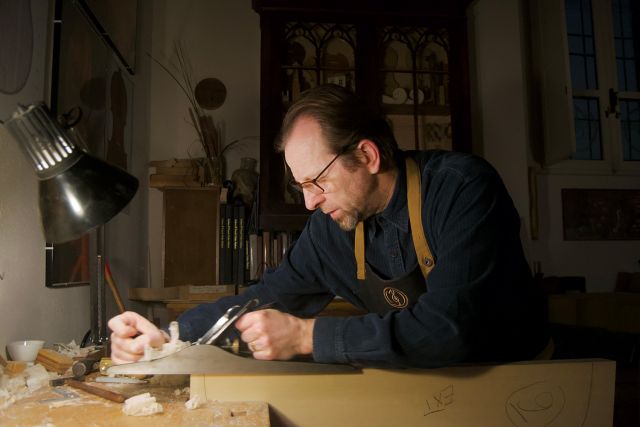
Michele Dobner
- Luthier
- Cremona, Italy
- Master Artisan
By appointment only
+39 3288950319
The violin architect
- • Michele became a luthier to combine handcrafting and love for music
- • He makes four or five violins a year
- • He personally selects wood from the Dolomite Mountains
Growing up in a family of architects, Michele Dobner developed an early interest in building things from scratch. However he did not follow in his father’s and grandfather’s footsteps. Michele always had great manual skills, but he also had a great love of music: that is why he picked a path that brought together his two passions and became a luthier. Or an instrument architect, as he likes to describe himself. "Violin making is similar to designing houses, in that you have to choose the best materials to obtain the best results," he explains. So, after graduating at the civic school of lutherie in Milan, he spent two years in Madrid, where he trained as an apprentice in the workshop of a string instruments restorer. When Michele came back to Italy, he moved to Cremona, Stradivari’s hometown. Here he opened his own atelier in 1998.
Read the full interviewWorks
Photo: ©MicheleDobner

Photo: ©MicheleDobner
Handmade violin made of bird-eyes maple and spruce wood from Val di Fiemme. Dobner built it like the one made in 1740 by Santo Serafino, Venetian master of the XVIII century.

Photo: ©MicheleDobner
Handmade violin made of bird-eyes maple and spruce wood from Val di Fiemme. Michele Dobner built it like the one made in 1740 by Santo Serafino, Venetian master of the XVIII century. The distinctive pattern of the bird-eyes maple, one of the rarest kind of wood in the world, is particularly visible in the back of the instrument.





